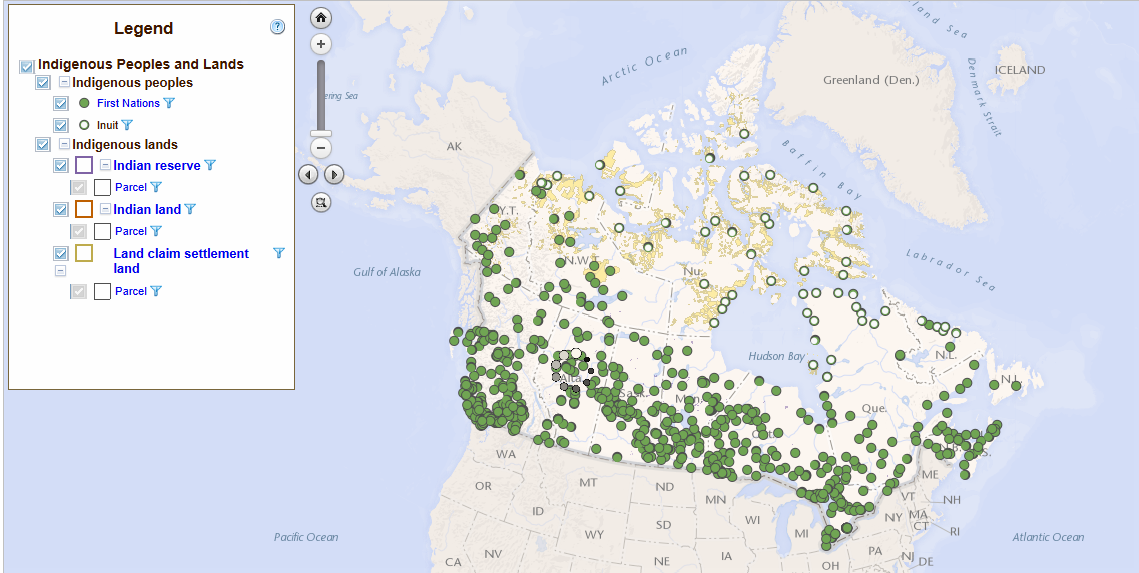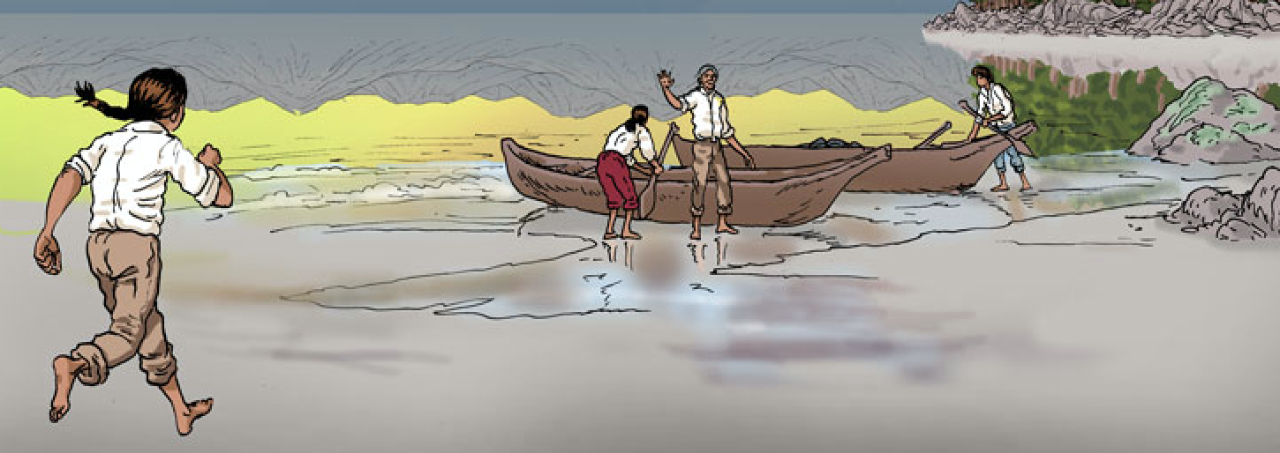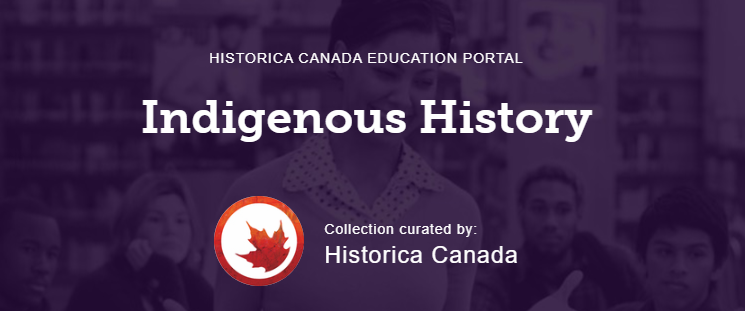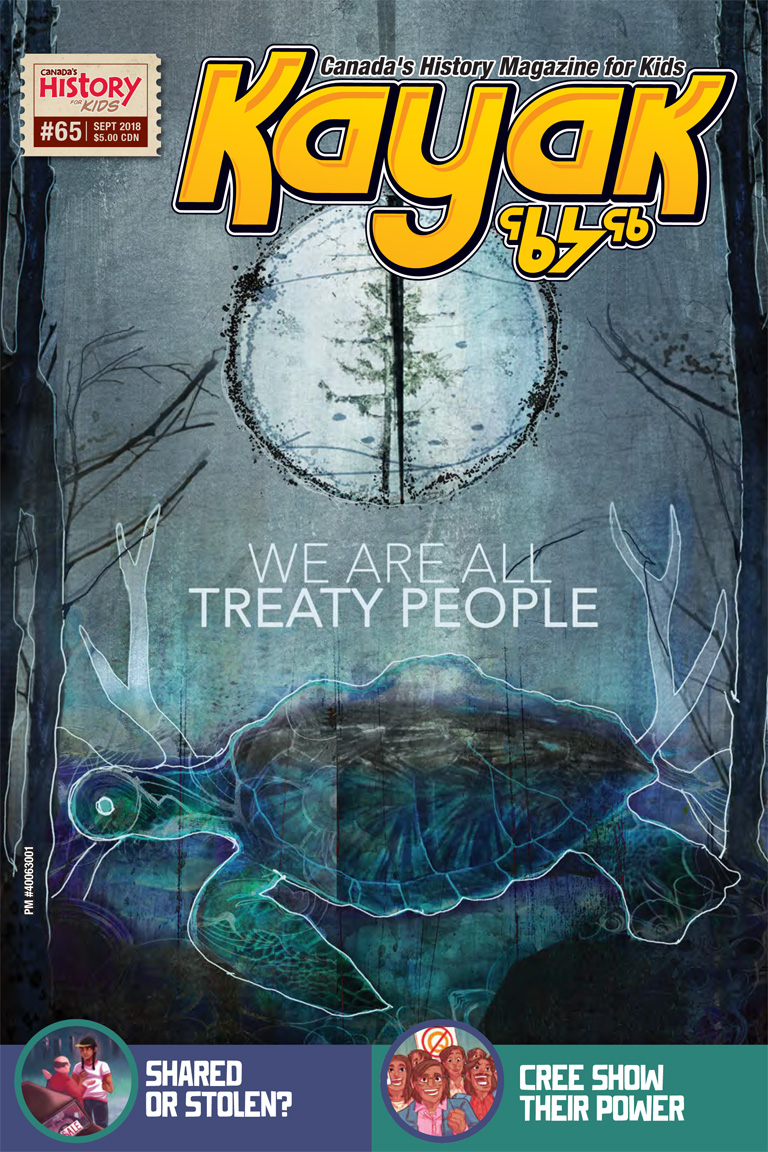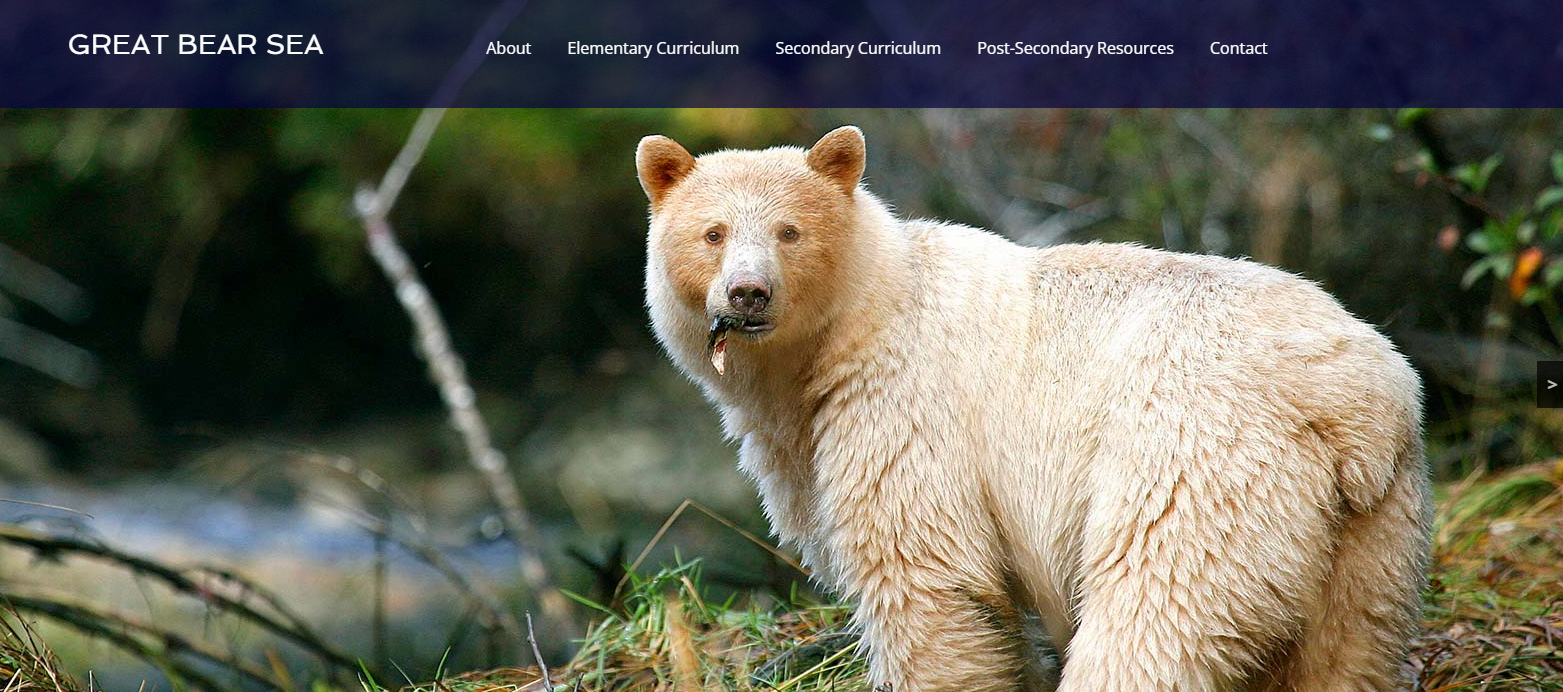Website Resources
National Indigenous Peoples Day
The following online resources may be helpful for discovering more about our B.C First Nations heritage.
Every year, First Nations, Inuit and Métis communities across the country host events on or around June 21 to share and celebrate their rich and diverse cultures and traditions.
Find an event or activity near you:
Map of Indigenous Peoples and Lands
GeoViewer Map of Indigenous Peoples and Lands
Indigenous Peoples Atlas of Canada
Canadian Geographic - Indigenous Peoples Atlas of Canada
"First Nations culture is rooted in storytelling. Since time immemorial, we have passed on knowledge from generation to generation through our Oral Traditions to teach our beliefs, history, values, practices, customs, rituals, relationships, and ways of life. Our culture and the teachings of our ancestors are preserved and carried on through the words of Elders, leaders, community members and young ones. These teachings form an integral part of our identity as nations, communities, clans, families and individuals. - Perry Bellegarde
First Nations Education Steering Committee
Learning First Peoples Classroom Resources
Indigenous Education: Teaching Tools and Resources
BC Ministry of Education: Indigenous Education
There are many thoughtful and authentic ways to teach Indigenous history and culture. Use these teaching tools to create a lesson plan that’s tailored to the specific needs of your class.
Simon Fraser University: The Stories/Movies - Math Catcher
To promote mathematics, we have created a series of stories with mathematical themes. These stories are inspired by the storytelling tradition of Indigenous peoples.
Historica Canada: Indigenous Perspectives Education Guide
Education Portal on Indigenous History
Popular narratives of Canadian history have most frequently been told from the perspective of European settlers. As a result, Indigenous experiences have often been neglected or excluded from the telling of our country’s history. For a more comprehensive understanding of Canada’s history, it is important to examine it from Indigenous perspectives. Doing so requires students to explore the depth, breadth, diversity, and regional variation of experiences of Indigenous peoples in the land that...
National Center for Truth and Reconciliation
Government of Canada: Indigenous People in the Second World War
Indigenous People in the Second World War
Indigenous people from every region of Canada served in the armed forces during the Second World War, fighting in every major battle and campaign of the conflict. To serve their country, Indigenous people had to overcome unique cultural challenges. Their courage, sacrifices, and accomplishments are a continuing source of pride to their families, communities, and all Canadians.
Four Directions Teachings
Kiddle: Kids Encyclopedia Facts
Indigenous peoples in Canada facts for kids
Indigenous Peoples in Canada are the original inhabitants of the land now known as Canada. They are also called First Peoples.
Canada Guide: Indigenous Peoples of Canada
The Indigenous people of Canada, a small but influential community that reminds Canadians of their country’s ancient past and their contemporary responsibilities to its first residents.
4 Canoes
Indigenous Series, Gr K-12 Subscription with school (Passwords can be found on the subscriptions page or in the Search Portal)
Circle of Courage
A model of positive youth development based on the principle of universal needs for emotionally healthy youth, including a sense of belonging, mastery, independence and generosity.
Canada’s History: Treaties and the Treaty Relationship
Treaties and the Treaty Relationship
The Canada’s History Treaties issue features guest editor Treaty Commissioner Loretta Rosslink opens in a new window from the Treaty Relations Commission of Manitoba.
First Nations Pedagogy Online
First Nations storytelling videos
Exploring the Great Bear Sea
Elementary and Secondary Teaching Resources. Students explore the importance of this region of BC – and our connection to both land and sea – through place-based stories, traditions and histories, bringing a diversity of First Peoples’ perspectives from this region into the classroom.

